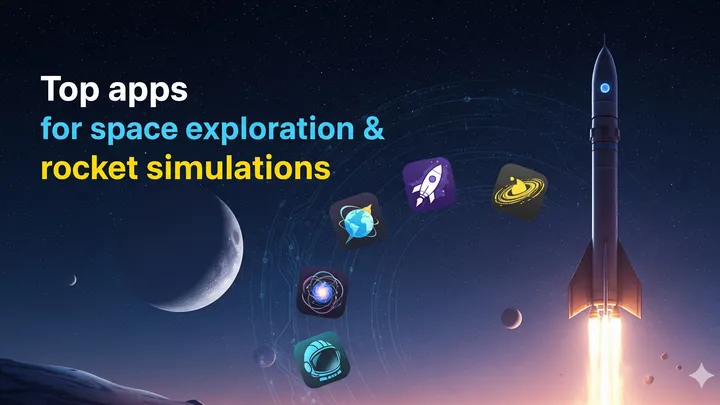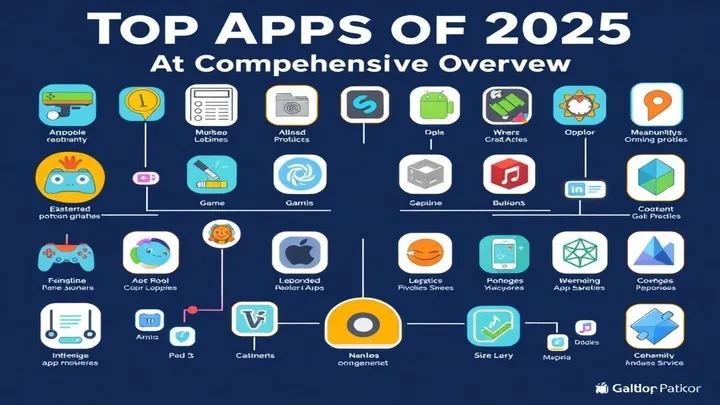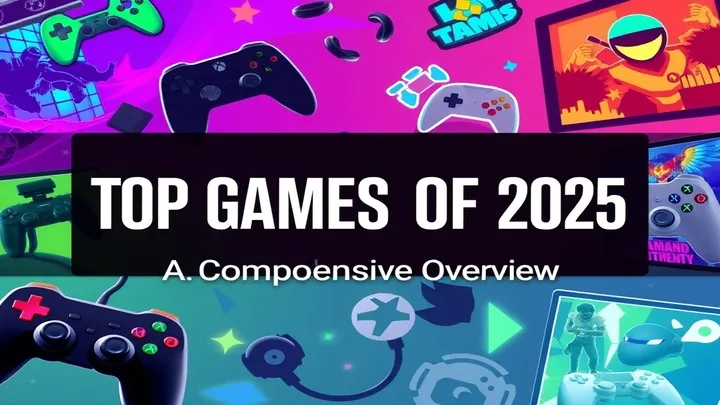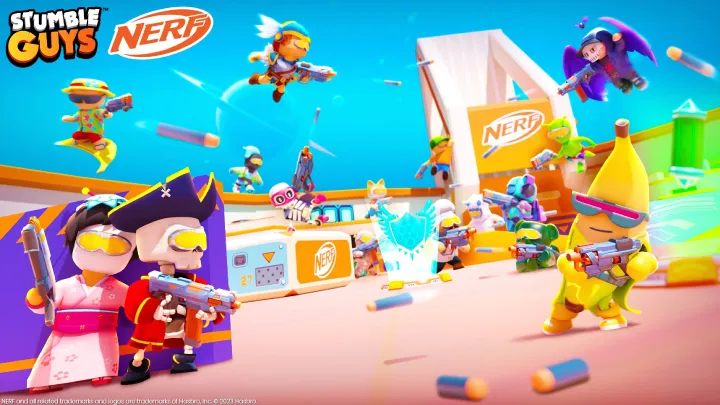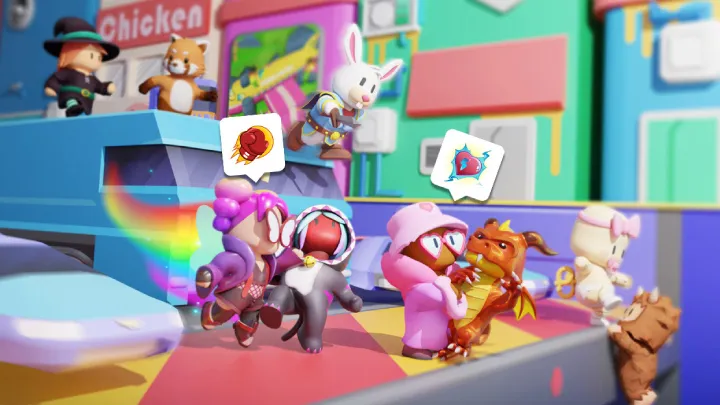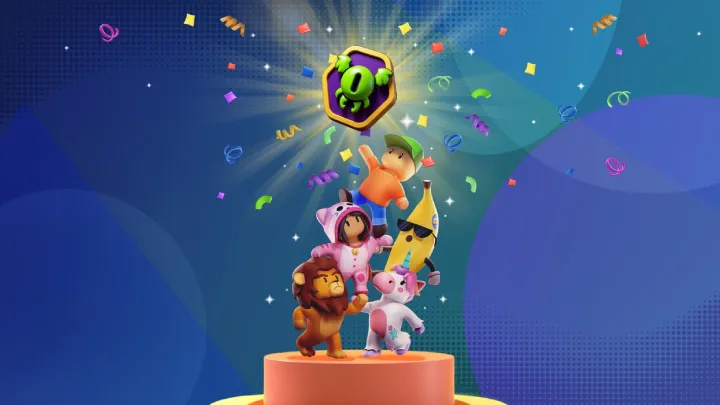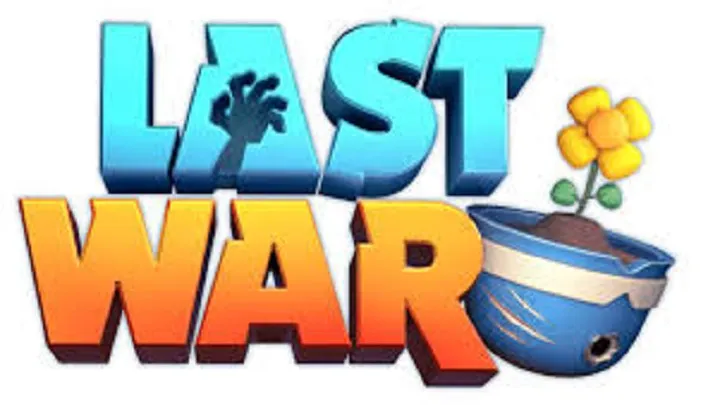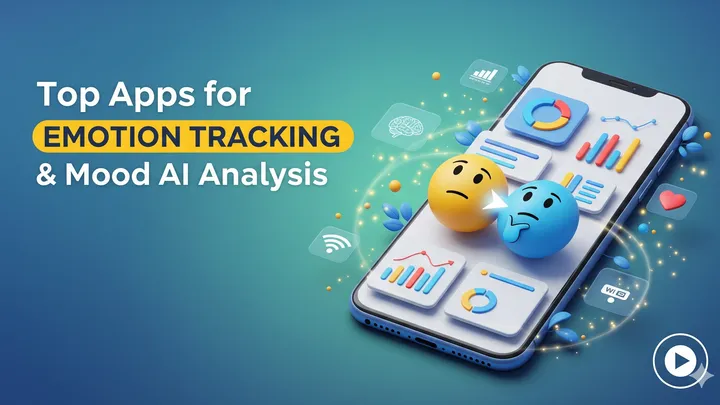Steal A Brainrot is one of those viral “brainrot” games that thrives on chaos, humor, and unpredictable player interaction. Unlike traditional structured games, its design is less about progression or high scores and more about the ridiculous social experiences that unfold during play. The title itself hints at what players can expect: fast-paced mayhem where stealing, trolling, and joking are just as important as any official “goal.”
In this article, we’ll focus on a specific topic that defines Steal A Brainrot: player interaction and social chaos. By examining how players communicate, compete, and collaborate (or sabotage each other), we can better understand why this game has risen to meme status and why it appeals to such a wide audience.
The Core Concept of Chaos in Steal A Brainrot
At its heart, Steal A Brainrot doesn’t rely on complex mechanics or deep storylines. Instead, it thrives on chaotic interactions. Every match is unpredictable, because players themselves are the primary drivers of the experience.
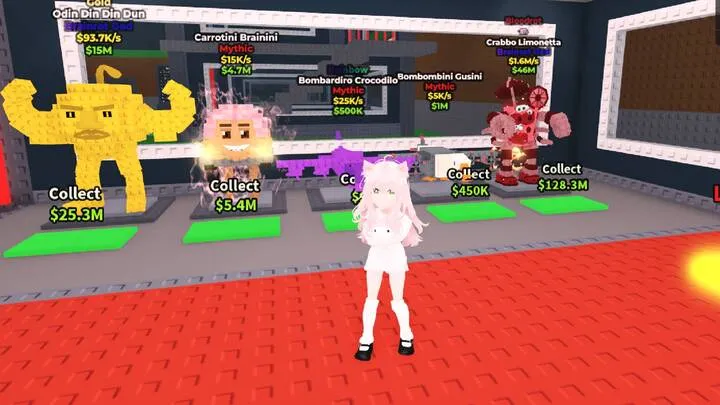
This reliance on chaos makes the game inherently social. One moment, you’re working together with someone to “steal” an objective, and the next, they’re betraying you in the most absurd way possible. Unlike traditional competitive games where strategies can be refined, here the strategy is to embrace unpredictability.
Humor as the Primary Gameplay Driver
Humor is built into every aspect of Steal A Brainrot. From exaggerated animations to ridiculous objectives, the game sets the tone for players to engage less seriously and more playfully.
Because of this, player interaction becomes comedic. Failing spectacularly often brings more laughter than succeeding, which encourages players to take risks and experiment rather than optimize their gameplay. This humor-driven dynamic is central to the game’s popularity in streaming and short-form clips, where the funniest moments become the highlight.
The Role of Betrayal and Backstabbing
One of the most fascinating aspects of Steal A Brainrot is how betrayal plays into its design. Friendships are tested as players steal, trick, or sabotage one another. Unlike games that punish betrayal, this title celebrates it as part of the experience.
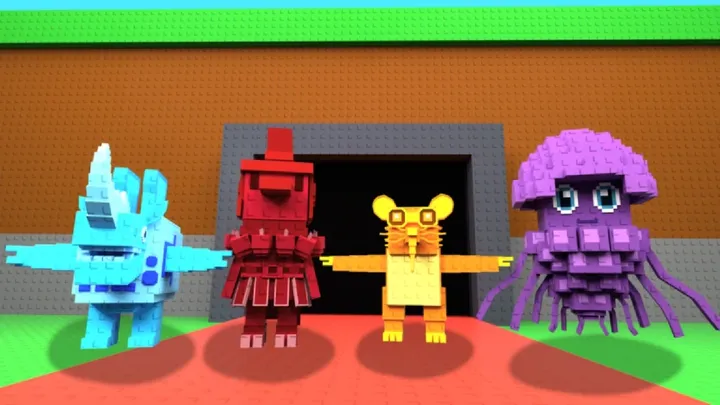
For example, in many sessions, players will work together to achieve a small goal, only for someone to pull the rug out at the last second. Far from being frustrating, this mechanic creates memorable moments that are shared and retold, contributing to the game’s meme-like culture.
Communication and Misinformation Among Players
The game thrives on how players communicate—or intentionally miscommunicate. Voice chat, emotes, and in-game cues are often used not just to coordinate, but to mislead or trick others.
Misinformation becomes a weapon, and players quickly learn that trust is temporary. This makes every interaction a gamble: do you believe someone offering to help, or do you assume they’re setting you up for failure? The tension between truth and deception keeps every session lively and unique.
The Psychology of Group Play
From a psychological perspective, Steal A Brainrot taps into group dynamics in fascinating ways. Players form alliances, establish temporary trust, and negotiate power—even though the entire framework is silly and chaotic.
This balance between cooperation and competition mirrors social behaviors outside of games. It’s part of why Steal A Brainrot resonates so strongly with groups of friends: the game exaggerates real-world dynamics, turning them into comedy gold.
Streamability and Viral Potential
Another reason the game has exploded in popularity is its streamability. Because of its unpredictable player interactions, every session is different, making it ideal for TikTok clips, Twitch streams, and YouTube compilations.
The social chaos translates well to an audience, as viewers get to enjoy the drama, betrayal, and comedy without needing to play themselves. This has made Steal A Brainrot not just a game, but also a content engine for the online community.
Memes and Community Culture
The player base itself contributes to the ongoing humor through memes, jokes, and shared references. Community-created content extends the life of the game beyond actual play sessions.
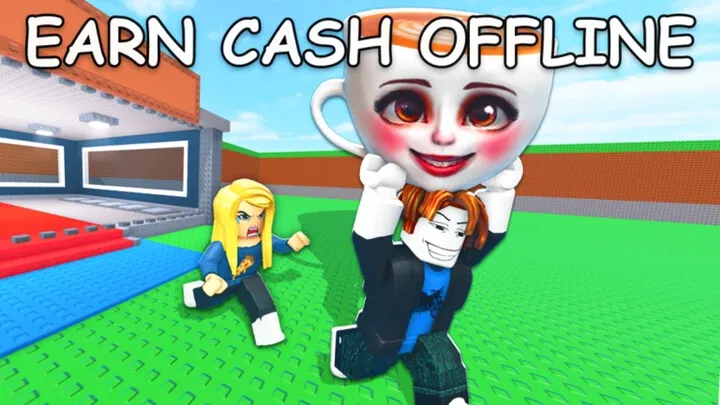
This culture ensures that even when players aren’t actively playing, they’re still engaging with the game by creating or sharing jokes. Memes become shorthand for shared experiences—everyone who’s been betrayed in Steal A Brainrot knows exactly what a certain image or phrase means.
Tips for Navigating Social Chaos
For players looking to get the most out of Steal A Brainrot, there are a few ways to embrace the chaos without getting overwhelmed:
Embrace the Absurd
Don’t take the game too seriously; lean into the ridiculous moments.
Expect Betrayal
Always be prepared for friends (or strangers) to turn against you—it’s part of the fun.
Use Humor as a Shield
When things go wrong, laugh it off. Often, the funniest failures become the most memorable stories.
Build Alliances Wisely
Short-term cooperation can help, but never trust anyone completely.
Why Steal A Brainrot Resonates with Today’s Players
In an era where many games emphasize grind, competition, or realism, Steal A Brainrot offers a refreshing alternative. It strips away the pressure of ranking systems and instead focuses on pure, unpredictable fun.

The game resonates because it taps into something universal: the joy of chaos with friends. It allows players to express themselves, prank others, and experience shared laughter in a digital space. Its success is proof that sometimes the most powerful gaming experiences come not from design perfection, but from letting players create their own unpredictable narratives.
Conclusion
Steal A Brainrot is more than just another viral game—it’s a social experiment disguised as chaotic fun. By centering its design on humor, betrayal, and unpredictable interaction, it creates an environment where every session is unique and memorable. Whether you’re laughing at a friend’s ridiculous mistake or recovering from their latest betrayal, the game thrives on its ability to turn ordinary interactions into extraordinary moments of entertainment.
It’s a reminder that, in gaming, sometimes the most valuable resource isn’t high scores or achievements, but the laughter and memories created along the way.









